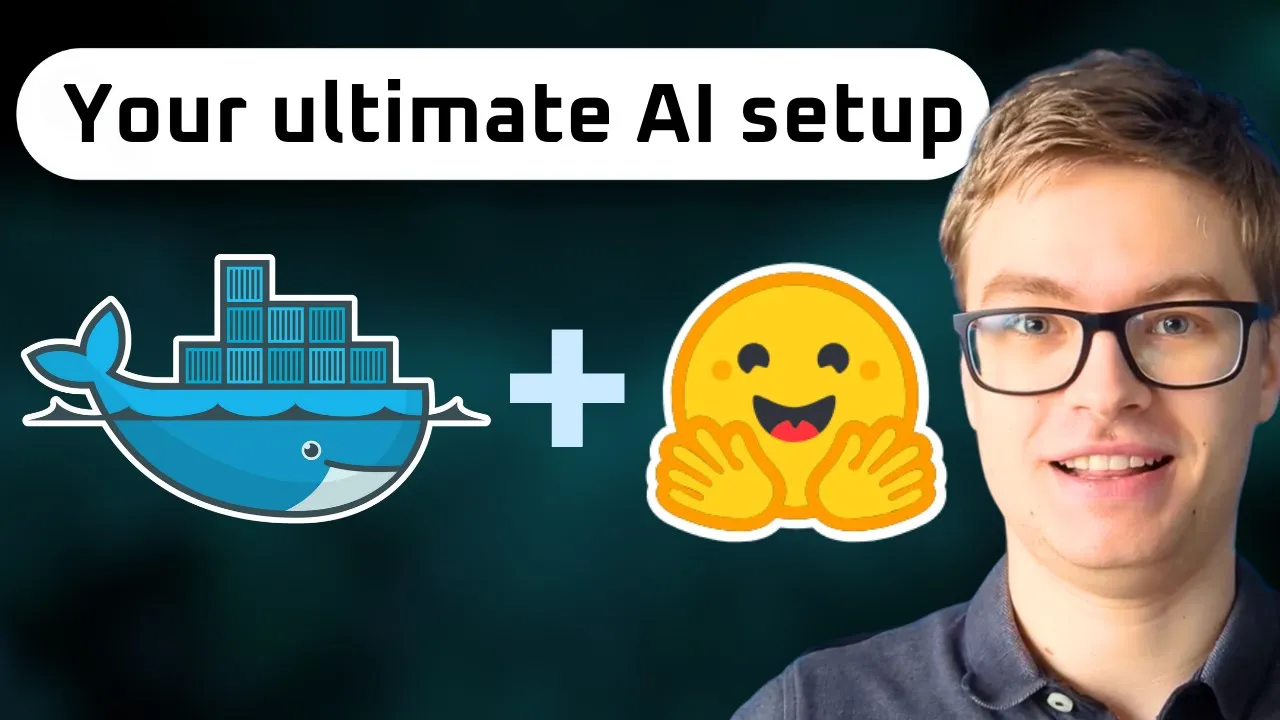The Democratization of AI - How Open Models Are Changing the Game
A profound transformation is reshaping the AI landscape. While headlines often focus on expensive proprietary models and their associated subscription costs, a parallel revolution is quietly gaining momentum: the democratization of AI through open models that anyone can use.
For engineers looking to leverage these opportunities, my comprehensive AI engineer career path explains how to build skills that take advantage of both proprietary and open-source AI technologies.
The Open AI Movement
The open AI movement represents a fundamental shift in how advanced technology reaches users. Rather than being locked behind paywalls or limited to well-funded organizations, powerful AI capabilities are becoming freely available to anyone with the interest to use them.
This shift has been driven by several converging factors:
- Major technology companies releasing open models
- Academic institutions sharing research implementations
- Communities optimizing and adapting existing models
- The competitive advantage of building user bases through accessibility
The result is an ecosystem where increasingly capable AI models are freely available, continuously improved, and accessible to users regardless of budget constraints.
Corporate Contributors to Open AI
Surprisingly, some of the most significant contributions to open AI come from major technology companies. Microsoft, for example, has released sophisticated language models through platforms like Hugging Face, making enterprise-grade AI accessible to individual users.
This corporate involvement in open AI represents a strategic recognition that widespread AI adoption benefits the entire ecosystem. By providing access to high-quality base models, these companies:
- Accelerate innovation in the broader community
- Build goodwill among developers and researchers
- Create complementary markets for their cloud services
- Establish technical standards and best practices
The collaboration between corporate resources and community innovation has dramatically accelerated the development and distribution of accessible AI technologies.
The Role of Model Repositories
Central to the democratization of AI are model repositories like Hugging Face. These platforms serve as both libraries and communities, providing:
- Centralized access to thousands of models
- Standardized formats and interfaces
- Community ratings and usage metrics
- Documentation and implementation examples
These repositories have transformed the discovery and deployment process, allowing users to find models suited to their specific needs and hardware constraints. The ability to filter by size, capability, and resource requirements makes finding appropriate models far more manageable. For practical guidance on selecting the right model for your needs, explore my guide on understanding AI model selection which covers evaluation criteria and decision frameworks.
Alternative Formats and Optimizations
Community contributors play a crucial role in the AI ecosystem by adapting and optimizing existing models for different use cases. These optimizations include:
- Converting models to more efficient formats
- Quantizing models to reduce size and memory requirements
- Fine-tuning for specific domains or tasks
- Creating specialized variants for resource-constrained environments
This parallel ecosystem of adaptation ensures that even if the original model has significant requirements, optimized versions often become available that can run in more constrained environments.
The Strategic Value of Local AI
Beyond cost savings, local AI offers strategic advantages that are driving its adoption:
- Data sovereignty: Keeping sensitive information within organizational boundaries
- Operational resilience: Functioning regardless of internet connectivity
- Customization control: Adapting models to specific organizational needs
- Cost predictability: Eliminating usage-based pricing uncertainty
These benefits are particularly valuable for organizations with specialized needs or compliance requirements that make cloud-based services problematic. To learn how to implement these local AI solutions practically, check out my detailed guide on running AI models locally without expensive hardware which covers setup, optimization, and deployment strategies.
Building an Accessible AI Future
The democratization of AI through open models creates a foundation for more equitable technology access. When powerful AI capabilities become widely available regardless of budget, we see:
- More diverse innovation emerging from previously excluded communities
- Educational opportunities expanding beyond elite institutions
- Small businesses competing more effectively with larger organizations
- Individual developers creating sophisticated applications independently
This accessibility doesn’t just change who can use AI—it fundamentally transforms who can contribute to its development, leading to more representative and broadly beneficial applications.
To see exactly how to implement these concepts in practice, watch the full video tutorial on YouTube. I walk through each step in detail and show you the technical aspects not covered in this post. If you’re interested in learning more about AI engineering, join the AI Engineering community where we share insights, resources, and support for your journey. Turn AI from a threat into your biggest career advantage!

